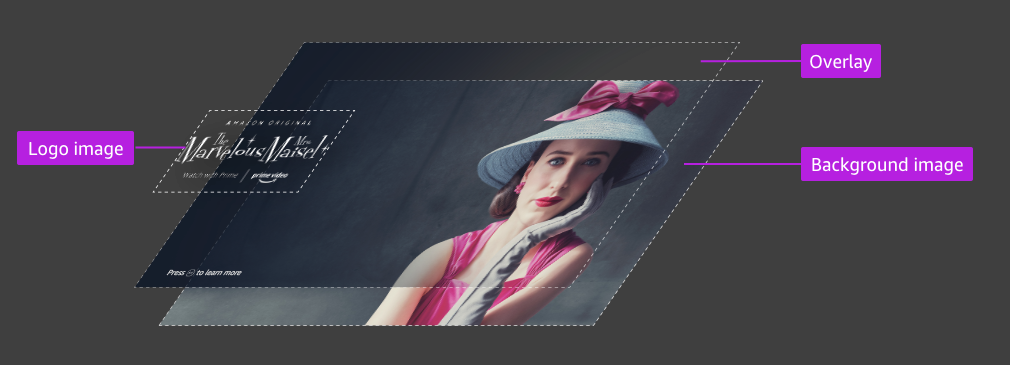How I grew TV Ads
I managed Device Ads placement UX team, impacting one of the fastest growing ads segments within Amazon. I led not only the growth of existing formats, but creation of new placements and transformations that opened $50M+ opportunities.
Role
UX Lead and Manager
Products
Fire TV, Prime Video
Company
Amazon Inc.
Year
2021 - 2023
Design leadership is as much about incepting, exploring and evangelizing vision as it is about ensuring successful launches. As the design manager and lead of of Device Ads, I led the team through several re-designs and new ideation on TV based services such as Fire TV and Prime Video. The goal of creating these TV ads was to balance monetization targets with advertiser benefits and viewer interest.
Problem
Ad formats often mimic or are native to content presentation within a given publisher. Different publishers (such as Streaming TV, Tablet, TV Channels, Smart Home Assistants etc.) will almost always have different presentation formats and therefore different ad format requirements. This produces challenges for advertisers who want to advertise on multiple publishers but do not have the resources to customize every ad for each publishers’ formats.
Initiative
As the UX team lead, I had seen how the variability in ad formats prevented reuse of creatives, thus creating friction for advertisers. With the growth in self-service advertising, I realized UX may need to be at the forefront as dot connectors. I proactively took a design team goal to explore solutions for this problem.
Process
Idea advocacy: I got buy-ins from leadership, along with various immediate stakeholders to begin this exploration formally. The process was through documentation of the need to explore user experience constraints and solve this as a UX challenge first. I followed that with creating an org-approved goal.
Design support: As a senior designer in my team and I began thinking about the creative building options, we were mindful of advertiser friction and TV end-user experiences. We created tenets to avoid bias and to ensure we communicated our guardrails. Since this was a large undertaking, we created 5 manageable work-streams and continually reviewed our plans and progress with product partners across ads, ad tech and publisher.
Solution visibility: A big challenge was determining how we share our vision so it’s easy to consume, since stakeholders were from very different businesses and would not have an immediate understanding of all the constraints. After brainstorming a few ideas (like meetings and presentations), we decided that a bi-weekly summarization of specific chunks of progress would ensure 360-degree visibility while allowing partners to understand our solutions and provide iterative feedback.
We created a subscription list and shared our findings over bi-weekly emails sent across leadership of 3 orgs. Each of these emails generated strong interest and engagement, leading to enthusiasm built across product teams to partner deeper with us.
Vision advocacy: We completed the goal with a detailed exploration of self-service Ads on TV shared bi-weekly for 6 weeks with leadership and partners. The final synthesis was presented, formally, in a meeting with partners and leadership, leading to lively debate and support. As we continued to socialize our ideas, we were able to drive alignment with multiple teams and orgs to pick up this as a primary goal for business consideration.
Besides pitching and laying out vision for several ideas, I’ve also advocated to modify features or products that would have led to poor user experiences. Sometimes design leadership is as much about preventing poor experiences as from ensuring strong ones launch. Reach out to me to chat more on this!




